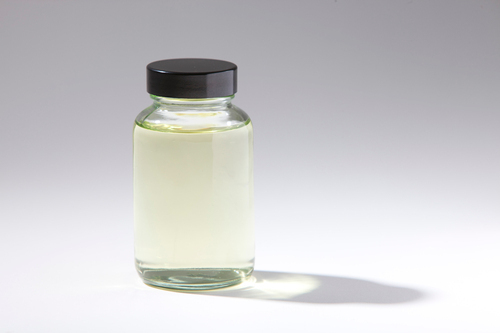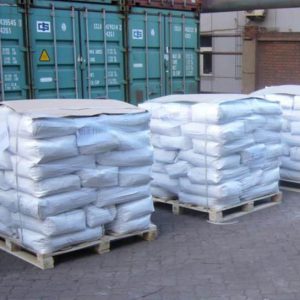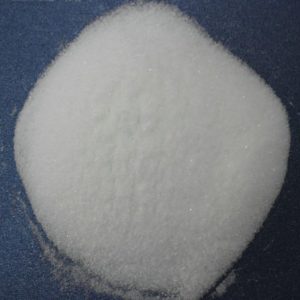Palmitic Acid: A Versatile Saturated Fatty Acid
Palmitic acid, a common saturated fatty acid, plays a crucial role in various industries, including food, cosmetics, and pharmaceuticals. Its widespread use stems from its natural occurrence in both animals and plants, making it a versatile ingredient in many products.
Properties of Palmitic Acid
- Chemical Formula: C16H32O2
- Appearance: White, waxy solid
- Melting Point: Approximately 63°C (145°F)
- Solubility: Insoluble in water but soluble in organic solvents
Applications
Food Industry
Palmitic acid is a major component of palm oil and is used in the production of margarine, baked goods, and other processed foods. Its stable structure contributes to the long shelf life and texture of these products.
Cosmetics
In cosmetics, palmitic acid functions as an emollient, thickener, and surfactant. It is commonly found in creams, lotions, and soaps, providing a smooth texture and helping to cleanse the skin effectively.
Pharmaceuticals
This acid serves as an excipient in the pharmaceutical industry, enhancing the stability and absorption of active ingredients in medications.
Industrial Uses
In the industrial sector, palmitic acid is used in the manufacture of detergents, lubricants, and candles due to its waxy consistency and stability under various conditions.
Health Considerations
While this acid is a natural component of many foods, excessive intake of saturated fats, including palmitic acid, can contribute to cardiovascular health risks. Therefore, moderation in consumption is advised as part of a balanced diet.
Conclusion
Palmitic acid’s versatility makes it a valuable ingredient in food, cosmetics, pharmaceuticals, and industrial applications. Its functional properties and natural origin ensure its continued use across various sectors, balancing both practical and health-related aspects. Contact us




